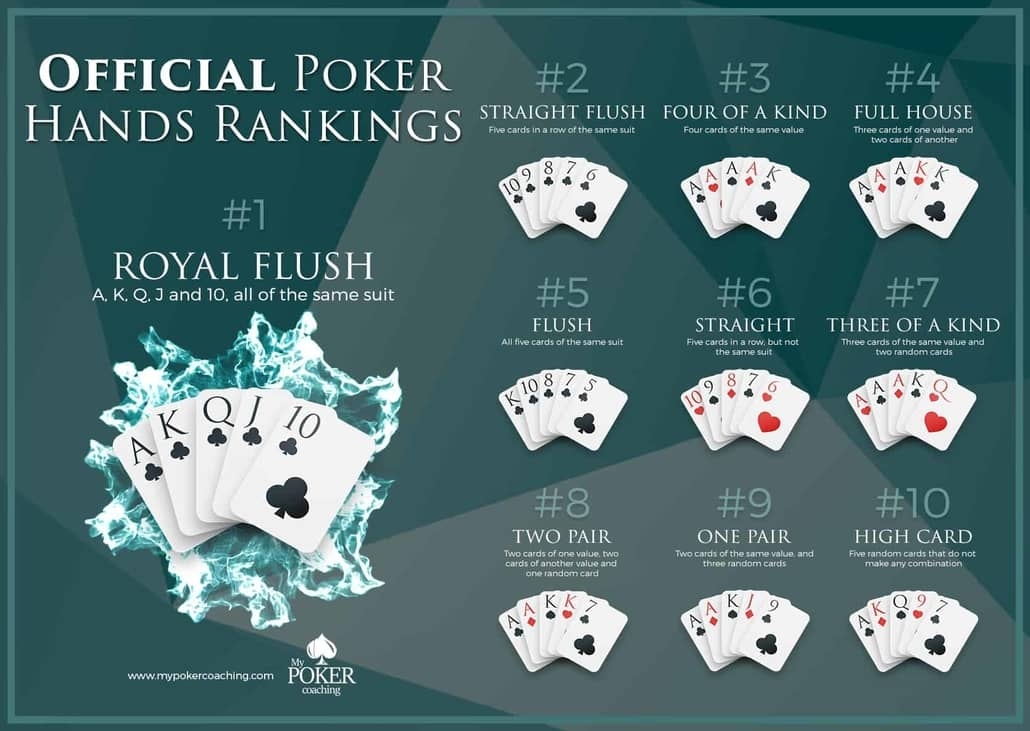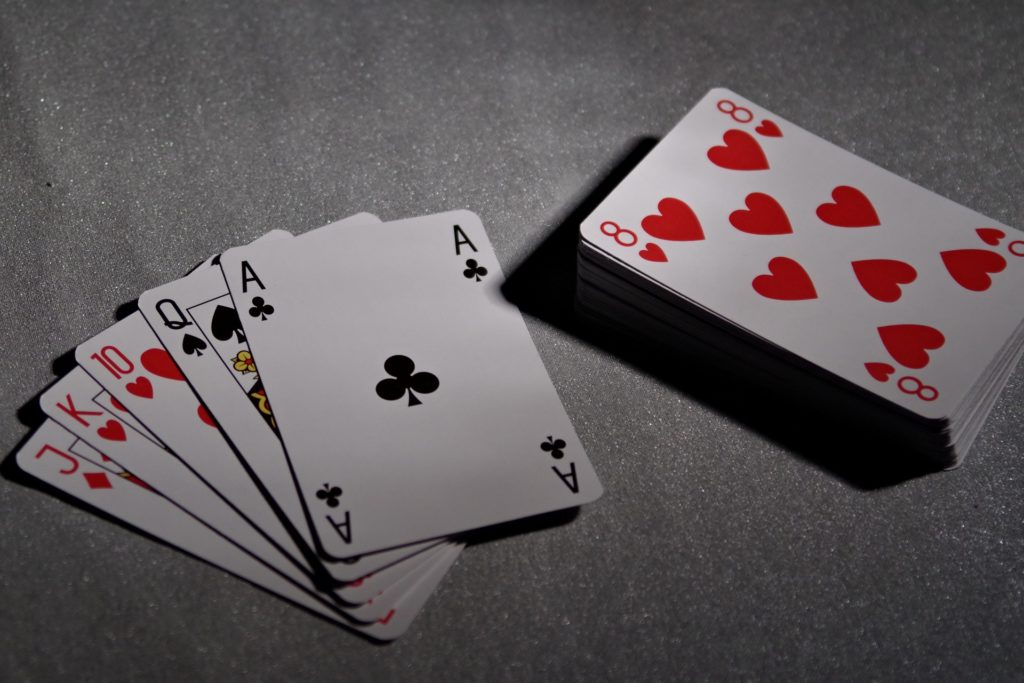How To Play Draw Poker
Posted By admin On 08/04/22- How To Play Draw Poker On Gaming Machines
- How To Play Draw Poker Machines
- How To Play Triple Draw Poker
- How To Play Draw Poker For Beginners
- How To Play 2-7 Triple Draw Poker
Make sure that you do some reading before you join the poker table. Get to know the essentials of the game to get a general idea how to approach play. Go over the rules and try to remember the highlights and main points. Draw poker is typically played with 6 players at a table, and it can be a limit, pot limit or a no-limit game. If after the first round of betting there are more than 1 active player, players can improve the cards in hand by discarding some and drawing replacements. Starting with the first active player to the left of the dealer, players announce the amount they are discarding and place the cards face down.
If you want to learn how to play the simplest form of poker, Five Card Draw is the right choice. Most new poker players resort to this version before they go on to playing other varieties of the game. You may not find it often at casinos, but it has been around for long definitely a useful poker game to learn.
Here is our beginner guide to Five Card Draw poker.
Make sure that you do some reading before you join the poker table. Get to know the essentials of the game to get a general idea how to approach play. Go over the rules and try to remember the highlights and main points.

Draw poker is typically played with 6 players at a table, and it can be a limit, pot limit or a no-limit game. It uses a standard 52-card deck, shuffled before every hand.
How To Play Draw Poker On Gaming Machines
Standard hand rankings still stand; make sure to review them before playing. The highest rank is the Royal Flush (10, J, Q, K and Ace of the same suit), while the lowest is the High Card (no combination formed, the highest card determines the hand value).
The objective is to complete the best 5-card poker hand (being a draw game, initially dealt cards can be discarded and replaced with new ones).
The session begins with the Big Blind and the Small Blind. This helps stimulate the action. The bets are assigned to the players to the left of the dealer. Once both Blinds are placed, the dealer can begin to distribute cardsstarting with the player to the left.
The hands are underway and each player receives 5 cards facing down. When the circle around the table is complete and every player has a hand to play, the first round of betting ensues.
The player to the left of the Big Blind gets to take action first. Available options include folding their hand, calling the current bet or raising it up.
If nobody raises, the player who placed the Big Blind receives the opportunity to check (make no bet, but still retain their hand and not fold).
After the first round of betting is complete, the players enter a stage where they have the option to discard any or all of their cards. Should they opt to do so, they can draw new ones.
Those who prefer not to discard anything, they should go for the option “Stand Pat” when it’s their turn to act.

Once the draw is concluded, another round of betting takes place. It is the final round of betting, during which players have the option to bet and take actions as before.
If there are at least two players left in the game after this, the remaining hands go into the showdown. If everyone has folded and one player remains, he or she wins the pot.
The showdown is the final stage of the game during which hands are compared. The player with the best 5-card poker hand wins the pot.
Should there be a tie between two final players, they will split the pot in two equal halves.
As most players know, the largest pots in Hold'em are often won with draws rather than with big pocket pairs. The key to winning these large pots is solid postflop play, whether it be by betting out to steal the pot, or by slow playing your draw so you can conceal your hand's true identity.
How To Play Draw Poker Machines
Many players (especially when they're sitting on large stacks) enjoy seeing flops with small suited connectors such as 8h-9h or 4d-5d. These hands can be very powerful because they often flop major draws. The key to playing these draws is to disguise your draw, so that if you are fortunate enough to hit, you can get paid off.
This article will teach you how to play a draw in No Limit Hold'em. We explain how to play a draw on the flop, the turn, and the river. Read on for more information.
How To Play Triple Draw Poker
Playing the Flop with a Draw
When you flop a major draw such as four to a flush or an open ended straight draw, we recommend playing the hand fast. This will accomplish three things:
- You will become the aggressor. This is useful because other players may get scared and fold later in the hand, or may even just fold right then and there.
- You represent a made hand. This is also useful for pushing players around later in the hand.
- You disguise your hand. If you do complete your draw, very few players will put you on that hand.
You should only lead out if everyone checks to you, or if you are the first player to act. If someone else has already bet the flop, we recommend smooth calling. Smooth calling may hint to your opponent that you have a draw, but a raise really isn't a great option because you are getting too much money into the pot without a made hand.
If you decide to raise your opponent with a draw, you need to make the right sized raise. We recommend raising to the total current size of the pot. So, if the pot is $50 (including your opponent's bet), we recommend putting in a $50 raise. This is enough money to deter your opponent from calling, but isn't enough money that it looks like a desperation bluff. If your opponent comes back over the top you probably have to go all in because of the pot odds.


Playing the Turn with a Draw
How To Play Draw Poker For Beginners
One of two things can happen on the turn: either you make your draw, or you don't make your draw.
If You Made Your Hand
If you made your flush or straight, we recommend betting out. This is a much better play than the normal 'check and hope the other player falls for it', because that tactic has been used far too much. Nowadays if a flush or straight card hits, players are actually suspicious if another player all of a sudden checks after betting the flop.
If your opponent bets into you, calling or raising are both good plays. If you think he/she is a very aggressive player, we recommend just calling so he/she can lead out again on the river. If the other player is a tighter player, we recommend putting in a raise now and hoping that he/she has a decent hand and gets their money in the pot.
If You Are Still Drawing

If you missed your draw, we recommend slowing down. Check to your opponent, and if he/she bets you can either call or fold based on the pot odds. If the odds of you making your draw are greater than the odds the pot is offering you, make the call. If the odds of you making your draw are worse than the odds the pot is offering you, fold.
Playing the River with a Draw
If you have completed your draw (either on the turn or the river) we recommend betting/raising as much as you think your opponent will call. Your hand is probably best here, and may even be the nuts, so you want to get as much money in the pot as you can. If your opponent checks to you, make a value bet. If your opponent bets into you, make a sensibly sized raise based on his/her stack size and the current pot size.
How To Play 2-7 Triple Draw Poker
If you missed your draw again, and haven't improved whatsoever, throw the hand away. There's no sense bluffing away chips when you hold nothing. If you improved in another way (perhaps picked up a pair or two) you can go to a showdown if you think you are good.